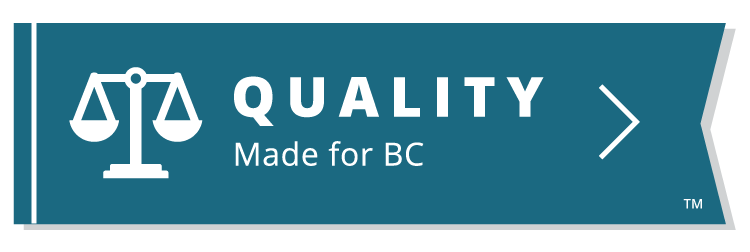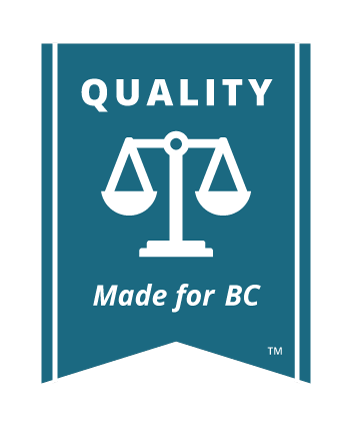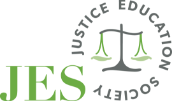Petitions Basics
Steps in a Petition
A proceeding started by filing a Notice of Petition is called a “Petition”. The person who filed the petition is called the “Petitioner”. The person or persons responding to the petition is called the “Respondent”
- Petitioner prepares and serves petition and supporting affidavits (see Starting a Petition)
- Respondent prepares and delivers response to petition, with supporting affidavits (see Responding to a Petition)
- Petitioner obtains a date for hearing the petition in court. Proceedings follow the rules for chambers applications (see Chambers Applications)
- Petitioner and respondent prepare for hearing in court (chambers) (see Application Hearing)
- Petitioner and respondent attend the court hearing and receive judgment and award of costs (see Costs)
- Petitioner or respondent (winning party) prepares and files court order (see Orders)
- Petitioner or respondent enforces judgment (see Enforcing Court Orders)
It is up to the petitioner to move the petition through the court system. The Court does not on its own generally take any steps if a petition respondent is not meeting time limits.
Rather, as the petitioner, it is your job to make sure that the petition respondents comply with their time limits. You may want to let the other side know that you expect steps to be taken on time. If the other side is significantly late in getting a step completed, you may need to bring an application to court to get them to comply. For more information on how to bring applications, see Chambers Applications.
It can be helpful to keep a calendar with key dates and deadlines for your litigation.
Who Should Be Part of the Proceeding?
A critical part of planning your case is deciding who you want to make your case against and who might be on your side of the case. When you start an action with a petition, you are called the petitioner and the person you are suing is called the petition respondent.
The petitioner(s) and the petition respondent(s) are called the parties to the proceeding. The following list gives some examples who can be parties to a petition proceeding:
- Partnerships
- Companies
- Crown corporations (i.e., BC Transit or ICBC)
- Trade unions
- Aboriginal governments
- Cities
- Provincial governments or
- The federal government
There can be more than one person or business as either the petitioner or the petition respondent. Do your best to make sure you have the correct (and full) names of every person who will be named in the documents.
Consider getting legal advice to make sure the correct parties are included in the petition because if you include the wrong parties, it will cost you time and money to amend the petition later.







 JusticeEducation.ca
JusticeEducation.ca JusticeEd
JusticeEd /JusticeEducation
/JusticeEducation